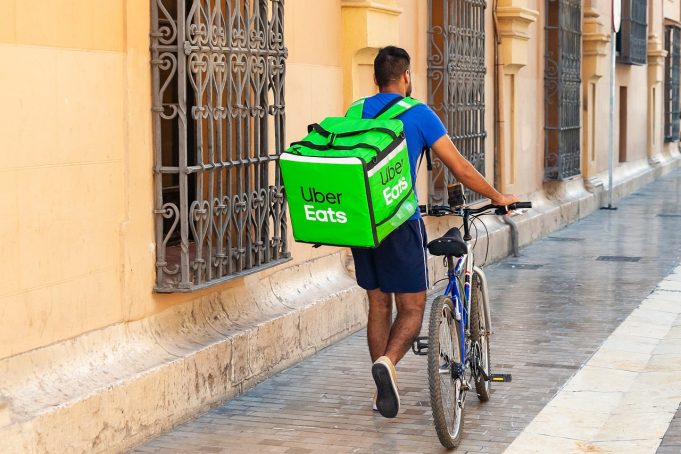The food delivery market has been completely transformed by Uber Eats, which benefits both customers and drivers by increasing accessibility and convenience. However, the insurance complexity that facilitates this smooth experience is generally overlooked. Insurance premiums for Uber Eats drivers can fluctuate widely depending on a number of factors. Quoteradar uber eats insurance provides you with quotes meeting your requirements and budget.
In this guide, we’ll dig into these issues and shed light on the elements that really affect the insurance premiums and how to increase your chances of success for getting lower premiums.
Location:
The location in which an Uber Eats driver operates is a major element in determining the driver’s insurance premium. Factors such as traffic volume, accident rates, crime rates, and even the weather can all have an effect on insurance premiums. Insurers typically charge more in congested cities due to the higher risk of accidents. Rates can also go up because of the greater likelihood of car theft or vandalism in cities with high crime rates.
Driving record:
An Uber Eats driver’s insurance premiums are heavily influenced by their driving records. An individual’s driving history is one of the primary characteristics that insurance companies consider when determining rates. Insurance premiums tend to be more affordable for drivers with spotless records, while those with a history of accidents or numerous traffic tickets tend to pay much more.
Type of vehicle:
The insurance premiums for delivering meals can vary depending on the vehicle chosen. There are variations in insurance premiums for couriers that drive cars, use scooters, or ride bicycles. The higher risk linked to cars, for instance, means that insurance premiums will be higher than those for a bicycle. The vehicle’s age and maintenance history may also contribute to the level of danger it poses on the road.
Level of coverage:
The amount an Uber Eats driver pays for insurance depends on the level of protection they select. Drivers have the option of purchasing the bare minimum of insurance required by their state, or they can go above and beyond that for more peace of mind. Insurance costs will rise if you pick for more extensive coverage like collision and comprehensive coverage.
Use of vehicle:
Insurance rates for Uber Eats drivers might be affected by how they put their car to use. In the case of a vehicle used just for food delivery, for instance, commercial insurance may be necessary, which is typically more expensive than standard vehicle insurance. Food delivery drivers who also use their vehicles for personal reasons may benefit from an insurance plan tailored to their specific needs.
Mileage:
Insurance premiums for Uber Eats drivers may be heavily influenced by the total number of miles driven each year. The longer time a driver spends behind the wheel, the higher his or her exposure for accidents and lawsuits. Estimates of annual miles are required by most insurance companies, and providing a greater estimate can lead to a higher rate.
Insurance provider:
Uber Eats drivers’ insurance premiums may rise or fall depending on the insurer they select. Insurers’ premiums and eligibility requirements might vary widely. Drivers need to shop around for vehicle insurance rates to discover the greatest prices and coverage for their individual situations.
Deductibles:
The amount of your deductible has a major impact on your monthly premiums. Although the driver will pay less out of pocket in the event of an accident if the deductible is smaller, the premiums will be higher on a regular basis. A greater deductible, on the other hand, lowers monthly payments but increases out-of-pocket costs in the event of an accident.
Age:
An Uber Eats driver’s insurance premium may be affected by factors such as his or her age. Premiums for young, inexperienced drivers, especially those under 25, may be higher than for more seasoned motorists because of the greater risk they pose. Drivers who have been on the road for longer typically pay less for car insurance.
Claims history:
The driver’s claims history is an important consideration for insurance providers. Insurance premiums might rise if a policyholder has a history of filing claims or being at-fault in accidents. Drivers who have never had any claims filed against them are more likely to receive discounts.










